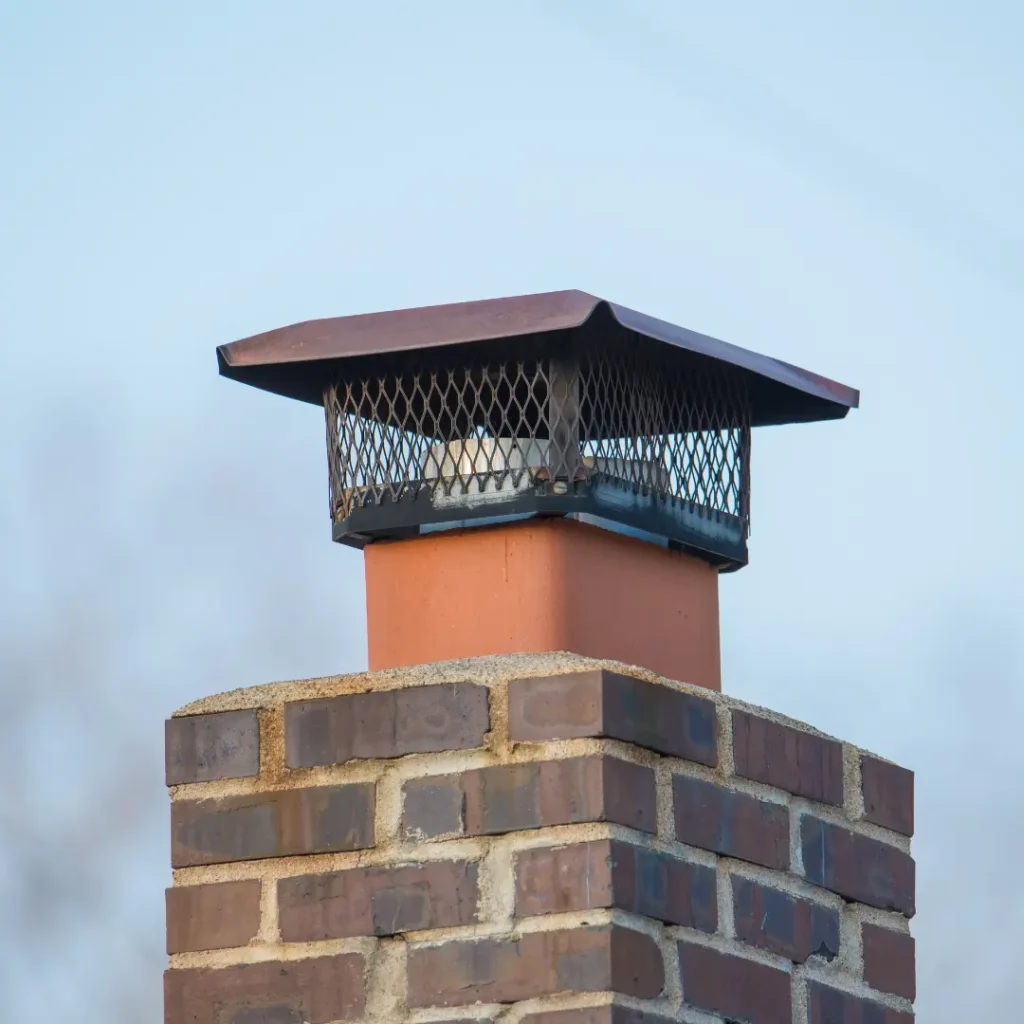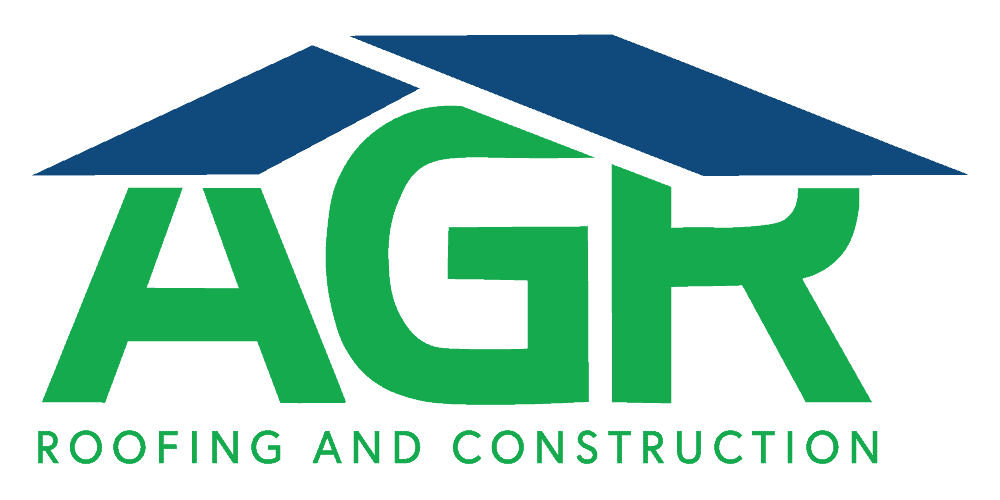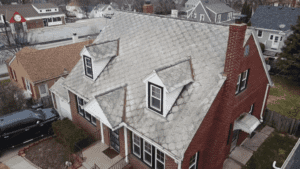A vent is one of the core components of any roofing structure. They work to encourage air movement in the attic and other areas of the home, keeping things dry and maintaining temperature. During any roof replacement, there is the chance that one or more of these vents may need replacement. It’s important to understand the different types of vents, why they are used, and how they work.
The Most Common Types of Roof Vents
The following are some of the most common types of roof vents found on residential homes. This includes exhaust vents, which encourage hot air to move out of the upper portion of the home, and intake vents, which pull in clean, fresh air into it.

Ridge Vents
Ridge vents sit on the ridge of the roof, the point at which the two portions of the roof come together. These common types of roofs tend to be large, running much of the length of that ridge itself. Because of their size and location, ridge vents help to encourage hot indoor air to move out of the structure, a very important step in keeping the home cool during the summer.
Ridge vent benefits include:
- Consistent, even airflow
- Blends in with the roof to make them hard to see
- Highly efficient
Off Ridge Vents
These vents are typical on roof structures as well and sit just under the crest of the roof. They do a different job from the traditional ridge vent, though they still help encourage hot air to escape. They are most commonly positioned on smaller homes or on areas where there are short ridge vents for some reason. They often look like a metal ridge that comes off the roofing.
Off ridge vents benefits include:
- Easier to install than ridge vents
- Placed anywhere on the roof, not just the ridge
Box Vents or Louver Vents
Box vents get their name from their shape, as they look like small boxes that sit on the roof. Most of the time, box vents are placed in groups across sections of the roof. They can be placed in various areas, including smaller portions of the roof, as needed and work well in areas where a ridge vent does not work.
The benefits of box vents include the following:
- Easy positioned strategically across the roof where venting is needed
- Blend in well with the roof structure
- A good option when roofing structures are more complex, making ridge vents less beneficial
Powered Vents
Most of the vents on residential structures are operated by wind and air movement, but some are powered. These vents are hard-wired into the structure of the roof and can provide a much higher level of functionality and efficiency in moving heat and air in the space. Some are operated when needed, such as in the hot summer months, while others constantly work to maintain airflow. However, they require power, and they can pull too much of the cooled air out of your home during the summer months, further driving up your costs.
The benefits of powered vents include:
- High level of ventilation is possible
- Work without the need for wind
Solar Powered Vents
Solar-powered attic vents are an excellent choice for some homes. They are designed to collect energy from the sun to power them, eliminating the need for being hard-wired. They can help, then, to reduce the energy costs of powering a motorized fan. They do add some noise to the home and, in some cases, may not be as reliable, especially if you do not get a lot of sun in your area or they are covered by shade. They work well, though, to provide attic ventilation, which many homes need.
The benefits of solar powered roof vents include the following:
- More energy efficient than hard-wired roof vents
- Less expensive to install without the hardwiring
- Can be powerful depending on model
Roof Turbines
When it comes to exhaust vents on roofs, roof turbines are somewhat common. These are wind powered, which means they work on a consistent basis as long as there is wind to move them. As they turn, they pull out the hot air from within the home, allowing cooler air to enter. The key problem with these vents, then, is a lack of wind. Though they do not need much wind to operate, on a day where there is none at all, that’s going to limit their overall functionality and benefit.
Roof turbine benefits include:
- Easy to find and install
- Commonly used with good reliability in most areas
- Can do well to reduce moisture levels in the attic space
Cupola Vents
Another type of roof vent that creates a more prominent look is a cupola vent. These tend to be positioned on the roof line of the home and have their own louvers and their own roofing structure – they look like a small house on top of the house, though there are numerous styles and shapes. Some have wide openings, which can help to promote the highest level of ventilation within a space. They tend to be a style element, too, since they are prominent fixtures on the roof.

The benefits of cupola vents include the following:
- Stylish architectural detail is added to the home
- They are more desirable and could boost home value
- Many offer a high amount of ventilation
Intake Vents
Most homes also have a number of intake vents or those that help to bring air into the home. There are four main types of these:
- Soffit vents: Positioned on the soffit of the home, or the overhang of the roof
- Gable vents: A triangular-shaped vent that is pictured on the sides of the home, though less common and more often found on older homes
- Over fascia vents: These are newer and designed for homes that don’t have large sized eaves for soffit vents to fit in place
- Drip edge vents: Positioned underneath the first row of shingles
Every roof vent is a valuable tool needed for keeping your home’s roof in good condition. Without proper airflow, mold and mildew can build in this space, or too much heat can accumulate, damaging your shingles. Don’t overlook the proper placement and upkeep of these vents, too.





